Biographies :
Joseph-Emmanuel Zwiener was born in Germany in 1849. In 1880 he sets up his extensive workshops in rue de la Roquette in Paris where he creates many original pieces of furniture. He imitated practically every style, ranging from ‘’Boulle’’ to Louis XVI and including extraordinary personal interpretations of the Louis XV ‘’exuberant’’ style. He participated in the 1889 Universal Exhibition, held in Paris, and was awarded the gold medal for his remarkable copy of that most famous piece of furniture, Louis XV’s desk. The catalogue of the exhibition included a wonderful elegy qualifying the work as perfect : « No criticism what-so-ever could be made ». As that other famous cabinet-maker François Linke, Zwiener had most of his bronzes modelled by Léon Messagé whose work was considered as being of the best possible quality.
Léon Messagé is a renowned designer and sculptor who integrated in his ornaments related to the Rocaille asymmetry, new lines and shapes announcing the “Art Nouveau” style. But even though, Messagé found inspiration with these 18th century artists, such as Nicolas Pineau or J. A. Meissonier, he didn’t simply copy their work and showed great originality, even extravagance, with some designs contained in “Cahier des dessins et croquis style Louis XV”. He realized numerous sketches on grey paper before the execution of a reduced or life sized model of his ornaments, made of wax or terra-cotta. From 1885, Léon Messagé started working with important Parisian cabinet-makers such Joseph-Emmanuel Zwiener (1849-1895) and François Linke (1855-1946). François Linke developed his personal style, with such talent and quality that he was named during the 1900 Universal Exhibition the “Linke Style”. His tremendous success and his particular formal imagination came from his association with the designer Léon Messagé. The mutual influences concerning these three artists can be concretely observed in numerous realizations.


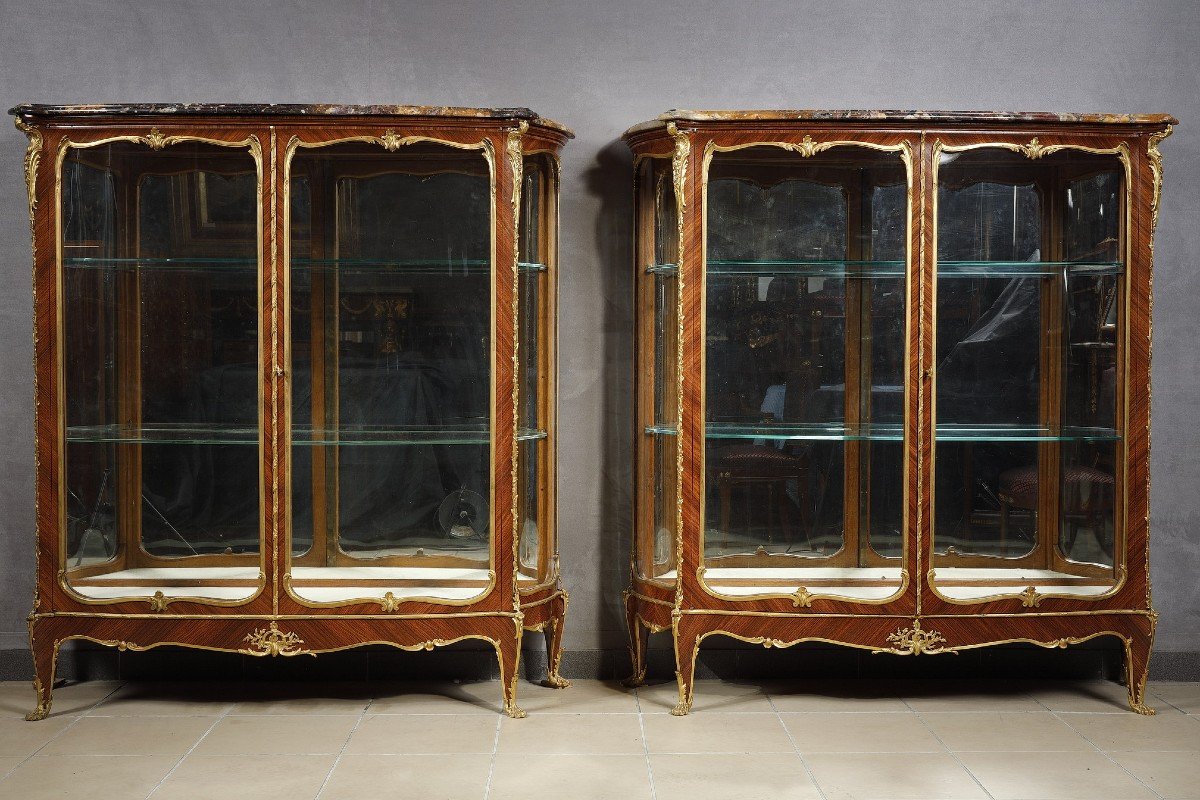
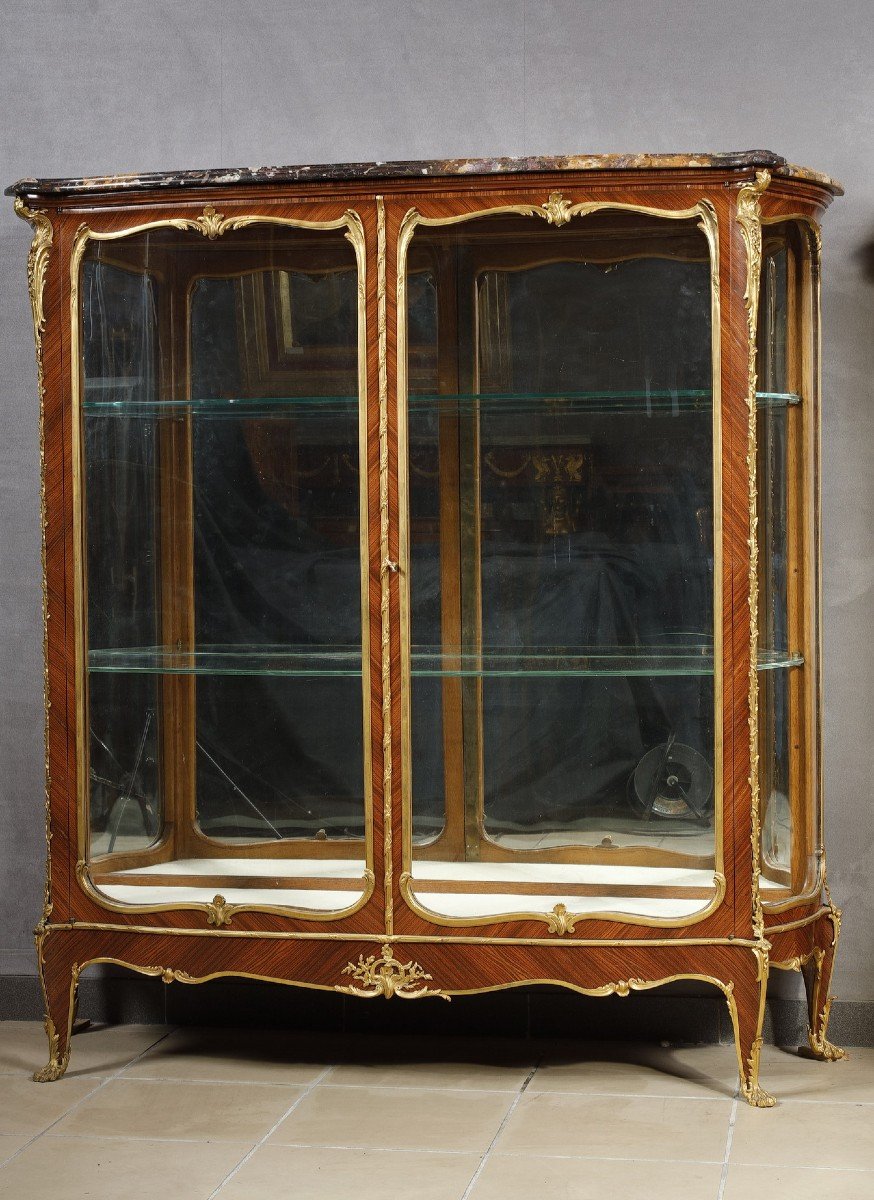
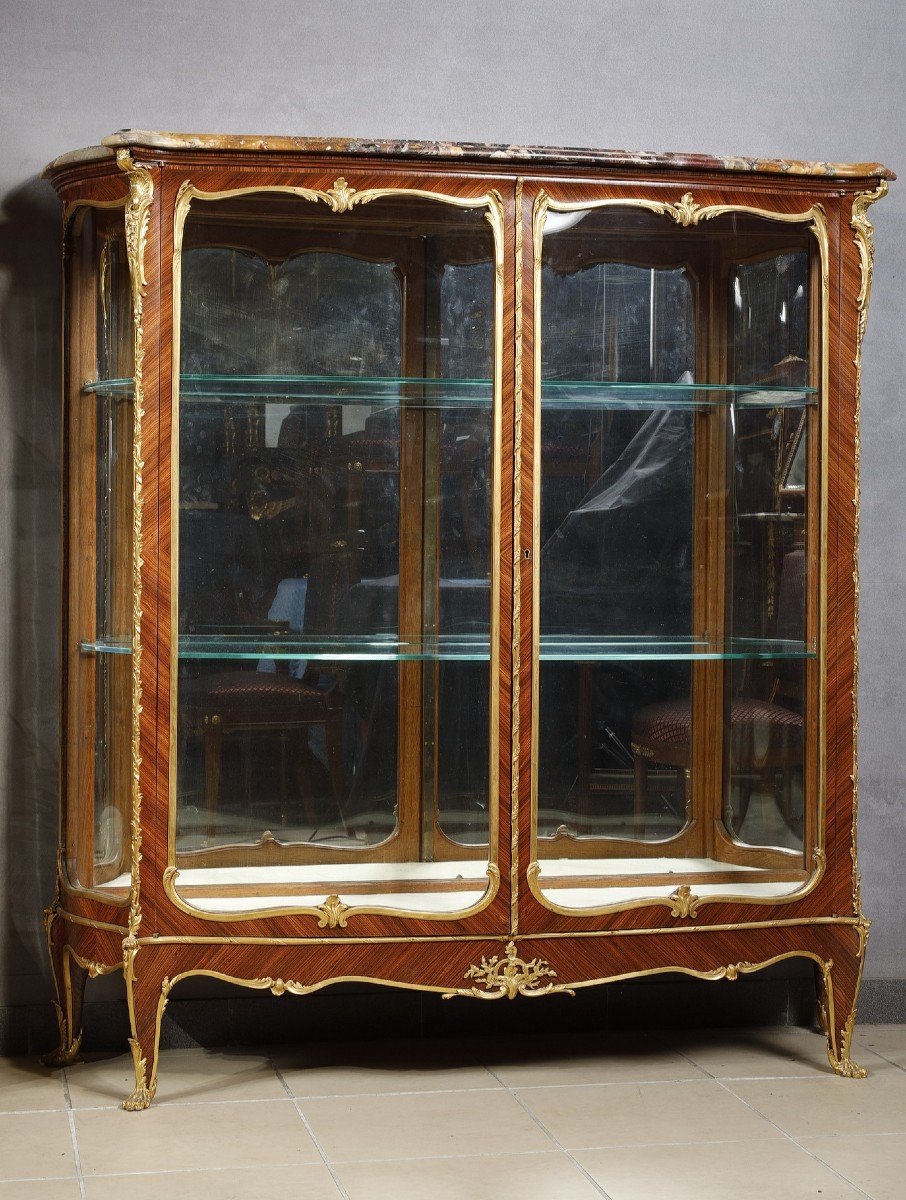
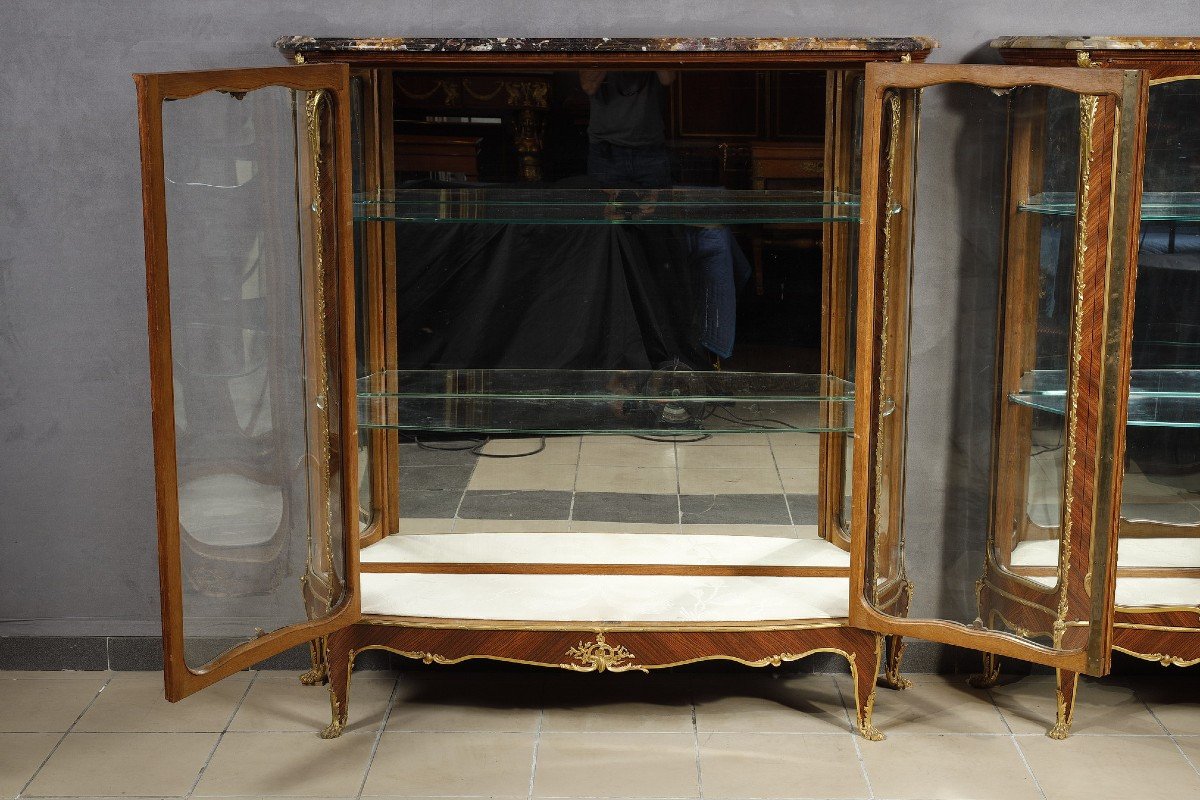
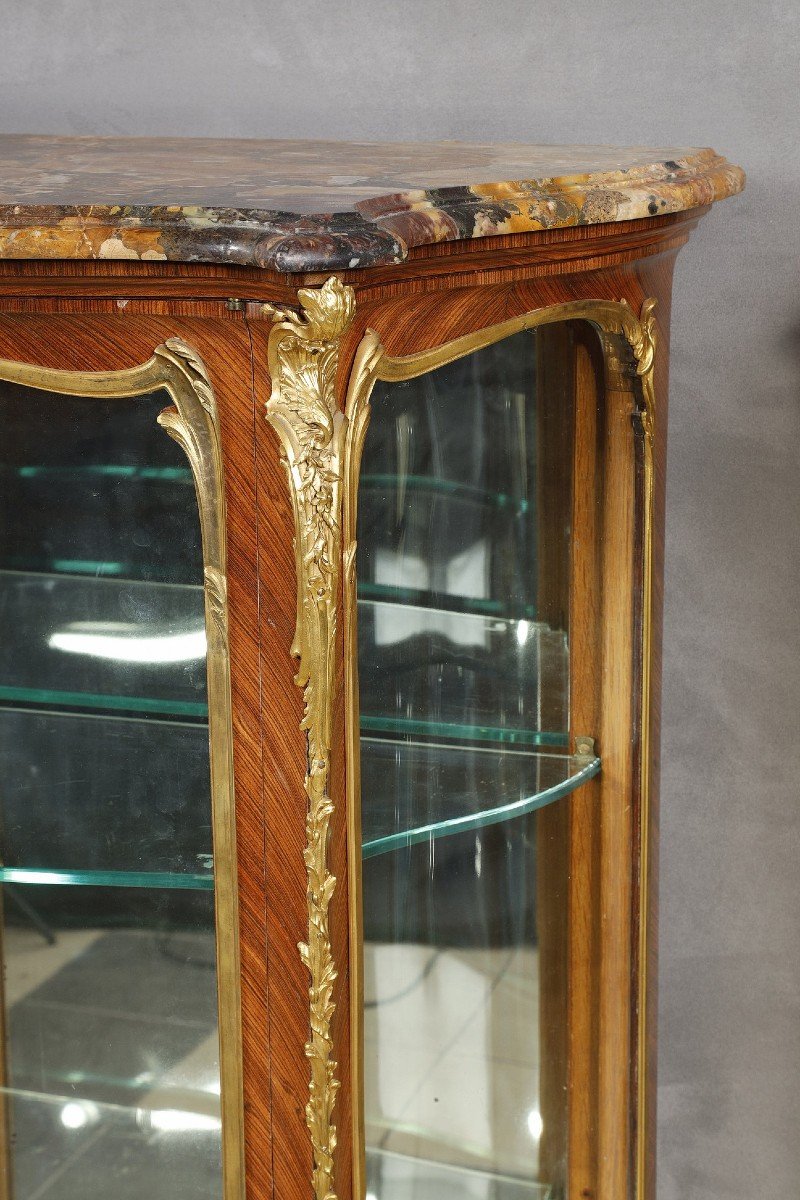
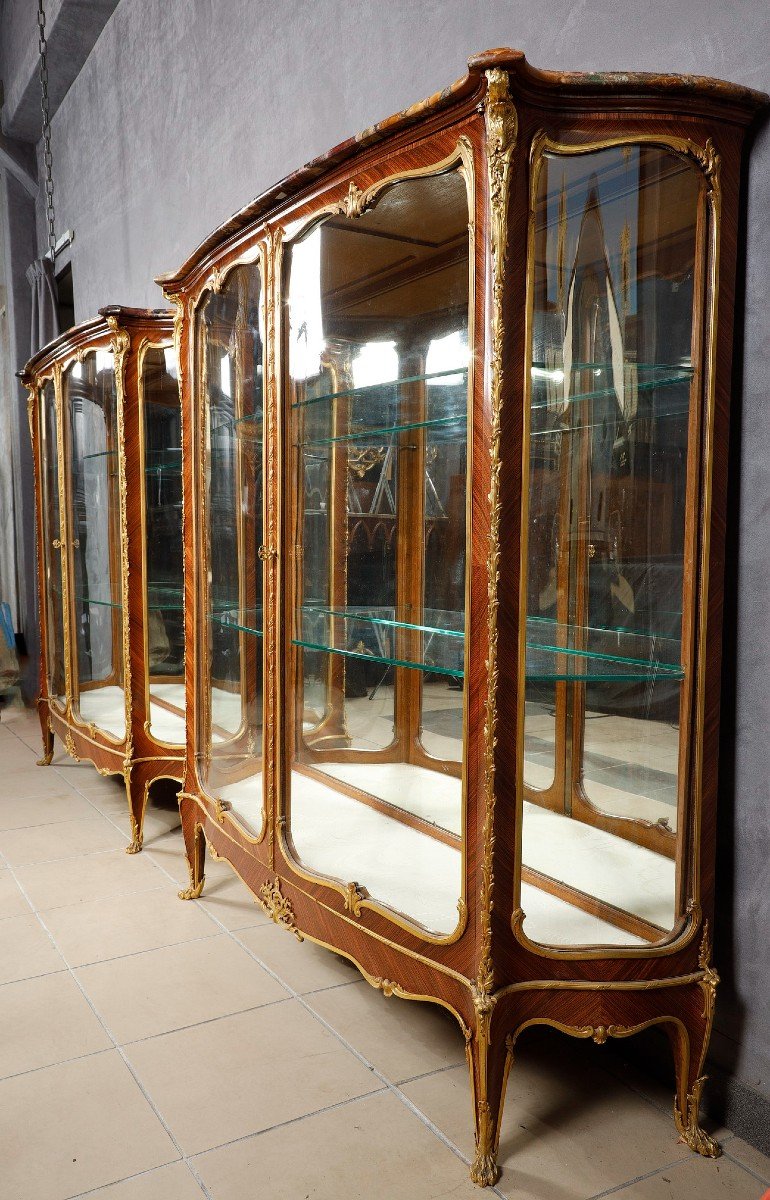
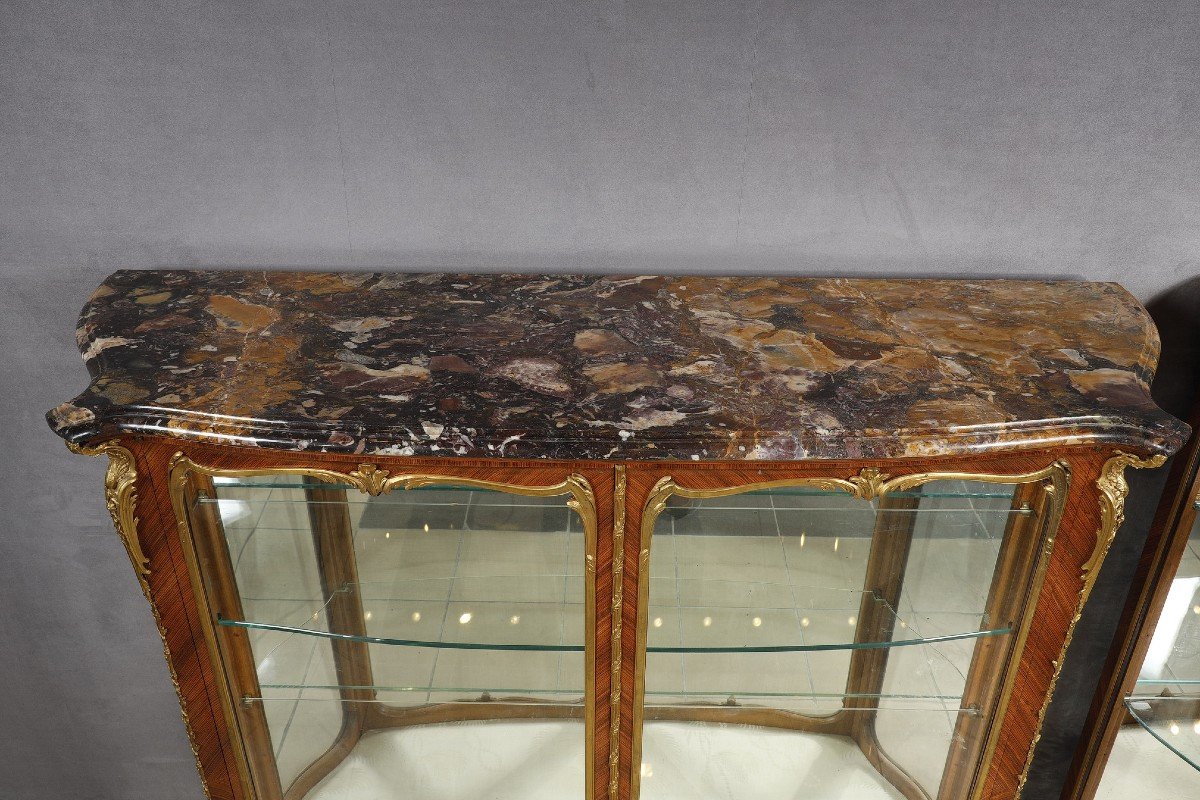
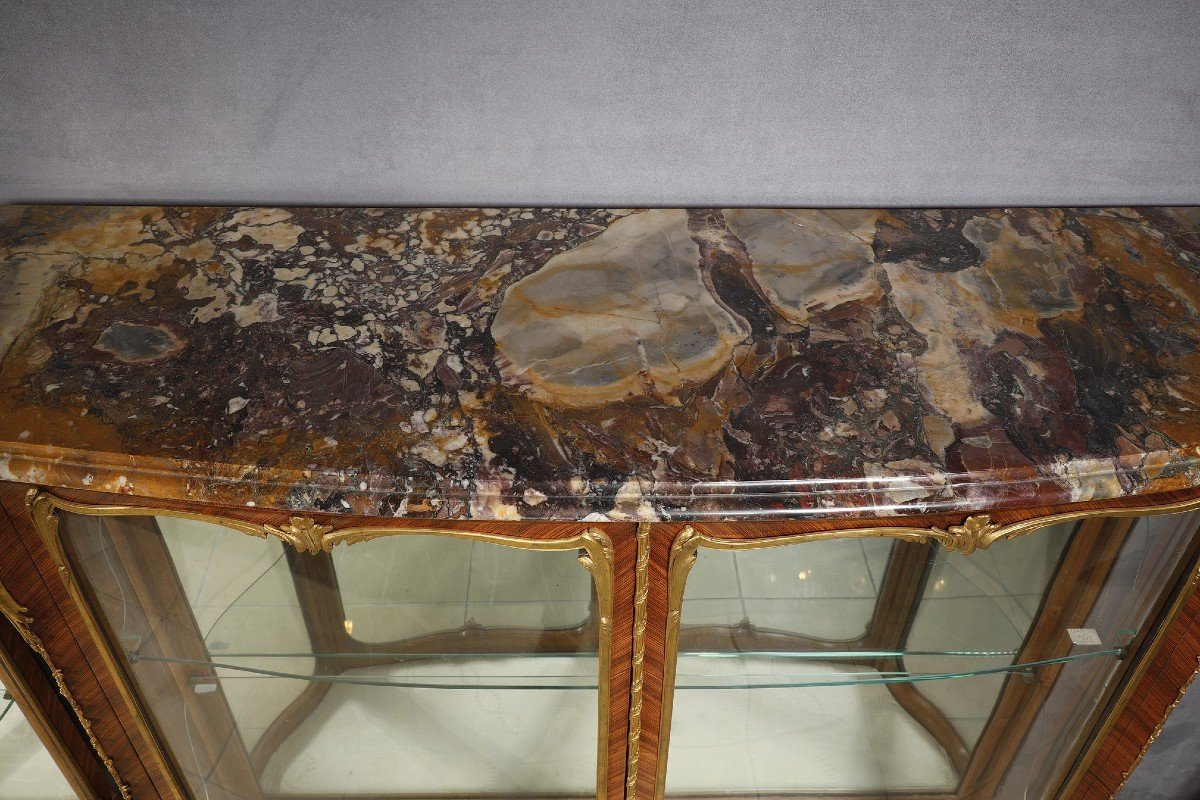











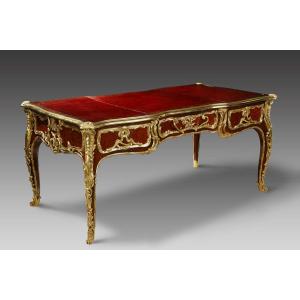
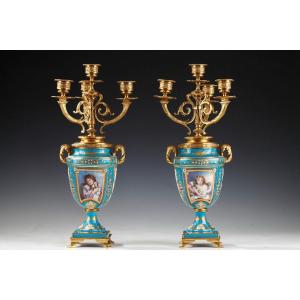
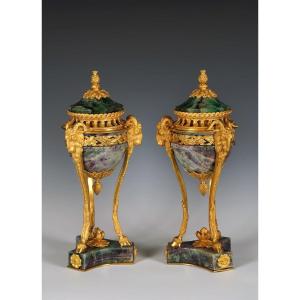


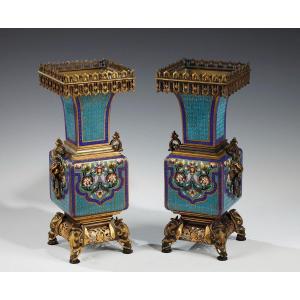
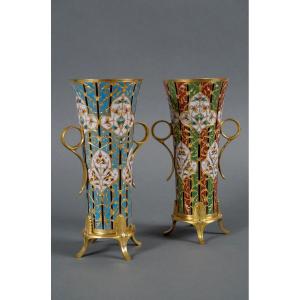
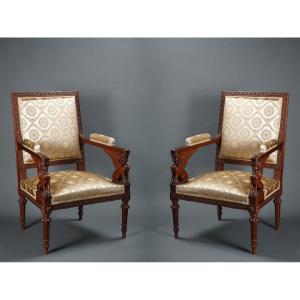
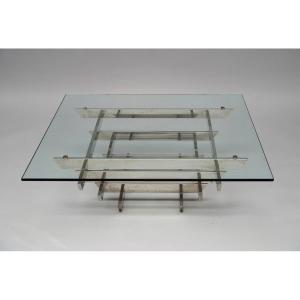





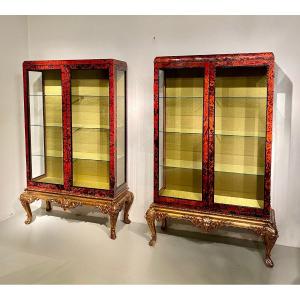

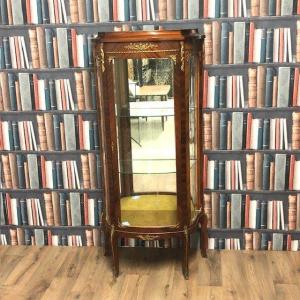
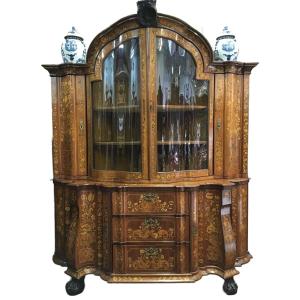



 Le Magazine de PROANTIC
Le Magazine de PROANTIC TRÉSORS Magazine
TRÉSORS Magazine Rivista Artiquariato
Rivista Artiquariato